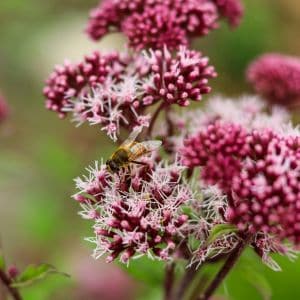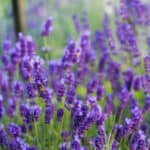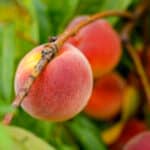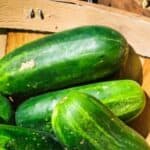If you want to attract butterflies to your garden, growing Joe Pye Weed is a great choice. This native perennial is known for its tall, showy pinkish-purple flowers that are full of sweet nectar, making it a favorite for butterflies and other pollinators. It’s easy to grow and fits well in many garden styles.
This post may contain affiliate links.
Joe Pye Weed thrives in full sun or part shade and doesn’t need much care once established. Its tall height and large flower clusters add beauty while supporting local wildlife. Adding this plant to your butterfly garden can bring more life and color to your outdoor space.
Related Article: Growing Coneflowers from Seed: A Beginner’s Guide
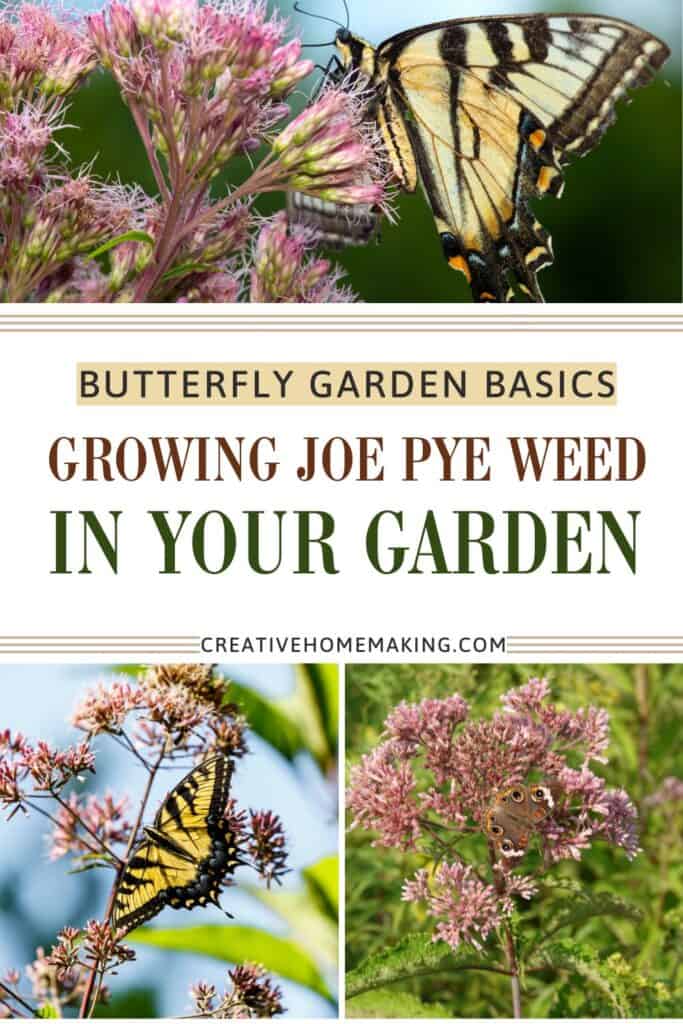
Getting Started with Joe Pye Weed for Your Butterfly Garden
You will need to pick the right variety of Joe Pye Weed and find the perfect spot in your garden. Preparing the soil properly and choosing between seeds or starter plants will set you up for success.
Related Article: Why Creeping Phlox is the Perfect Plant for Butterfly Gardens
Choosing the Right Joe Pye Weed Varieties
Joe Pye Weed comes in different types, but some are better for butterfly gardens. Eutrochium purpureum is a popular variety with tall stems and pinkish-purple blooms. If you want something slightly smaller, Eutrochium maculatum (Spotted Joe Pye Weed) is also a great choice.
Related Article: Top 11 Butterfly-Friendly Plants for Your Garden
Most varieties grow well in USDA Zones 3-9. You should pick one that fits your climate. Also, consider height: some grow up to 7 feet, while others stay shorter. Taller plants make striking backdrops, while shorter ones fit well in smaller spaces.
Related Article: How to Grow Black-Eyed Susans for a Butterfly-Friendly Garden
Selecting the Ideal Planting Location
Joe Pye Weed loves full sun but can handle part shade, especially in hotter climates. It usually needs at least 4-6 hours of sunlight daily to bloom well.
Place your plants where they have room to grow; Joe Pye Weed can spread widely and get quite tall. Avoid tight spaces, or you’ll need to prune often. It also prefers areas with good air circulation to prevent mildew.
Related Article: Aster Varieties: A Guide to Choosing the Perfect Flower for Your Garden
Soil Preparation and Requirements
This plant does best in moist, well-drained soil. It can handle wet areas better than many plants, so spots near a rain garden or pond edge can work.
Before planting, loosen the soil about 12 inches deep. Mix in organic matter like compost to help with drainage and nutrients. The soil pH should be slightly acidic to neutral—around 6.0 to 7.0.
Related Article: Why Every Butterfly Garden Needs Milkweed
Planting Joe Pye Weed from Seed or Starter Plants
You can start Joe Pye Weed from seeds or buy young plants. Seeds should be sown outdoors in fall or started indoors with cold stratification to help with germination. It might take a few weeks to sprout.
Starter plants let you see blooms sooner. When planting them, space at least 2 to 3 feet apart to give room for growth. Water them well right after planting. Keep soil moist until the plant is established.
Related Article: Bee Balm 101: The Pollinator Plant Every Garden Needs
Caring for Your Joe Pye Weed to Attract Butterflies
To keep your Joe Pye Weed thriving and full of nectar-rich blooms, you’ll need to water it properly, prune it when needed, and watch for signs of pests or disease. These simple steps will help your plants stay healthy and attract more butterflies to your garden.
Watering and Fertilizing Tips
Joe Pye Weed likes consistently moist soil. Water your plants deeply once or twice a week, especially during dry spells. Avoid letting the soil dry out completely.
For best growth, add compost or a balanced, slow-release fertilizer in early spring. This gives your plants the nutrients they need without overfeeding. You don’t need to fertilize often once the plants are established.
Mulching around your plants helps keep moisture in and reduces weeds. Use a two- to three-inch layer of organic mulch like shredded bark or leaves.
Pruning and Deadheading Techniques
Prune your Joe Pye Weed in late winter or early spring before new growth starts. Cut stems back to about 4–6 inches from the ground. This encourages fresh, strong growth for the new season.
Deadheading spent flowers during summer can extend blooming. Snip off faded flower heads to encourage your plant to produce more blooms, which means more nectar for butterflies.
Avoid cutting too often or too low during the growing season, as this can weaken the plant.
Supporting Healthy Growth and Disease Prevention
Plant Joe Pye Weed in a spot with good air circulation to prevent mildew and fungal issues. Crowded plants are more likely to get diseases.
Watch for powdery mildew and treat it early with neem oil or mild fungicides if needed. Also, check regularly for pests like aphids, which can weaken the plant.
Keep the area around your plants clean by removing fallen leaves and debris to reduce the chance of disease spreading. Healthy plants will produce more flowers, attracting more butterflies to enjoy your garden.
Follow my Butterfly Garden board on Pinterest.
